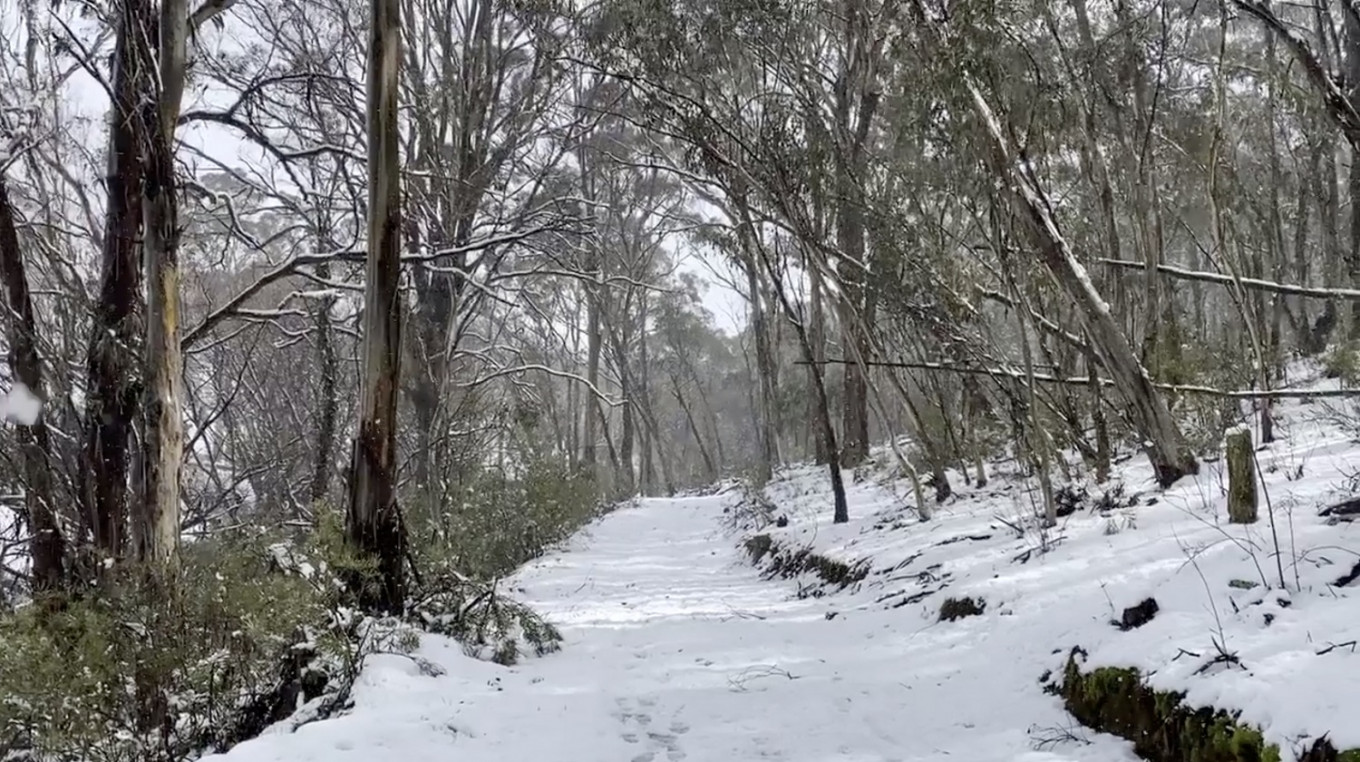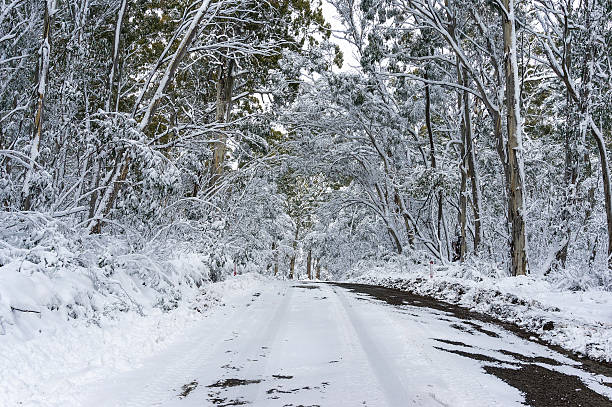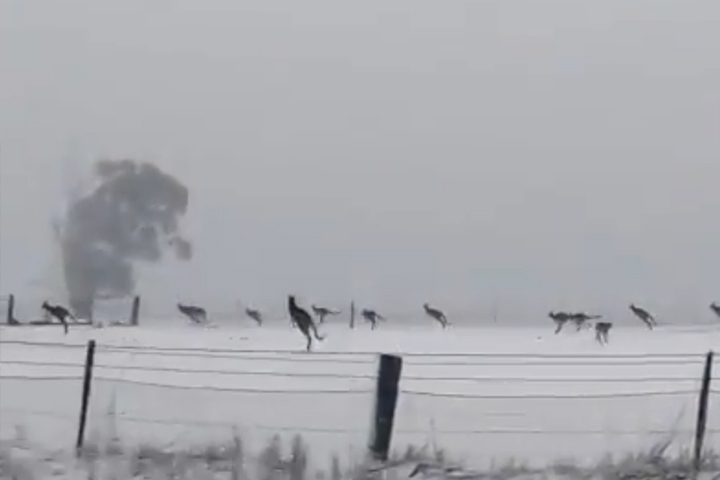Discover What Activities You Can Enjoy When Visiting Snow In Australia
Discover What Activities You Can Enjoy When Visiting Snow In Australia
Blog Article
Discover the Interesting Impacts of Snow in Australia on Neighborhood Environments
In spite of its online reputation for sun-soaked landscapes, Australia additionally boasts regions blanketed by snow-- a phenomenon that greatly affects the nation's one-of-a-kind ecosystems. The protecting properties of snows shield plants and fauna amidst the coldest winters months, while the melting snow supports rivers and marine life.
The Unanticipated Regions of Snowfall in Australia
Although Australia is often linked with sun-scorched landscapes and sandy beaches, specific regions surprisingly experience snowfall. The high country areas of New South Wales, Victoria, and Tasmania are particularly known for their wintertime snow. The Snowy Hills in NSW, for instance, receive bountiful seasonal snow, supplying a plain contrast to the country's common hot, dry environment. The Victorian Alps and components of Tasmania additionally see yearly snowfalls, transforming the landscape right into a wintertime paradise. These areas are not simply abnormalities however essential parts of Australia's diverse climate system. The presence of snow in these areas dramatically affects neighborhood ecological communities, ultimately impacting the country's one-of-a-kind biodiversity. The particular impact on Australia's unique plants will be discussed in the next area.

Exactly How Snow Impacts Australia's Unique Plants
These plants have developed to endure in extreme problems, with snow serving as a protective blanket from harsh winds and freezing temperature levels. The snow also contributes to the dampness web content of the soil, giving essential hydration for plant life during the dry summer months. In significance, the snow affects the timing of flowering and seed dispersal, the development prices, and the survival of lots of plant types, showcasing the detailed interaction between environment and flora in Australia.

The Adjustments of Australian Fauna to Snowfall
Equally as Australia's plants has adjusted to the wintery problems, the neighborhood animals too, display exceptional adjustments to the snowfall. Types like the Hill Pygmy-possum, the only Australian marsupial recognized to hibernate, have progressed techniques to survive in snowy settings. It uses the snow as insulation, hibernating in rock gaps below the snow to stay warm. In a similar way, the Snow Skink, a varieties of lizard, transforms its colour to white during wintertime, offering camouflage versus predators. Birds such as the Snowy Hills' Crimson Rosella also readjust their diet plans to eat offered food resources during chillier periods. Hence, regardless of the rough problems, Australian fauna shows a adaptive and resilient nature, ensuring their survival in areas experiencing snowfall.
The Function of Snow fit Local Ecological Communities
In shaping the local communities, the role of snow in Australia is both multilayered and profound. It influences the circulation of vegetation and animals, largely defining the biodiversity of sub-alpine and alpine areas. Snow supplies an essential water source, feeding rivers and storage tanks as it thaws, therefore sustaining a range of marine life types. Additionally, snow acts as an insulator, securing ground-dwelling microorganisms from extreme cold. It plays a significant duty in soil formation and nutrient cycling. The regular freezing and thawing of dirt generated by snowfall promotes the breakdown of rocks, boosting dirt fertility. Subsequently, the presence of snow shapes the plants patterns, pet behavior, and total sustainability of Australia's distinct ecological communities. Snow In Australia.

The Future of Snowfall in Australia: Implications and predictions

Offered the discover this crucial role snow plays fit local ecological communities, the future of snowfall in Australia is drawing enhancing interest from conservationists and scientists. Present climate models forecast a substantial reduction in snowfall due to worldwide warming, with potentially extensive impacts on regional environments. Much less snow could result in lowered water schedule in alpine regions, negatively affecting wildlife environments and plant. In addition, it can change the timing of seasonal modifications, interfering with the life cycles of many indigenous varieties. The tourist sector, greatly dependent on the winter season snow period, may additionally face substantial difficulties. Comprehending these predictions and their ramifications is important to establish reliable conservation strategies, ensuring the conservation of Australia's unique biodiversity and the sustainability of its economy.
Final Thought
The role of snow in Australia's ecosystems is crucial yet frequently ignored. Therefore, the snow in Australia is a lot more than an all-natural spectacle; it's a vital player in the nation's environmental narrative.
Regardless of its credibility for sun-soaked landscapes, Australia also flaunts regions blanketed by snow-- a phenomenon that profoundly affects the nation's special ecosystems. It uses the snow as insulation, hibernating in rock crevices beneath the snow to remain cozy - Does Snow In Australia It Snow In Australia.In shaping the regional environments, the duty of snow in Australia is both extensive and multilayered. The presence of snow forms the plant life patterns, animal habits, and total sustainability of Australia's special communities
Offered the weblink essential function snow plays in forming neighborhood ecosystems, the future of snowfall in Australia is drawing boosting interest from scientists and conservationists.
Report this page